Búsqueda
Search form and result list
Resultados 11 a 20 de 795
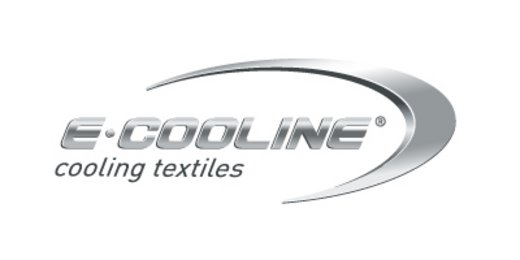
Buenas prácticas Cooling blanket for healthy sleep
According to a survey by a health insurance company in Germany, one in three people has trouble sleeping in summer temperatures. This poses a threat to health, concentration and performance.That's why the new, actively cooling E.COOLINE blanket now helps you to get a restful night's sleep - even when there are heat records. The soft material fits softly against the body, allowing you a healthy night's rest wherever you are. In addition, the cooling textiles are hygienic, antibacterial and washable. No external energy source or refrigerator is needed for cooling. This means that the products cool CO2-free and thus not only protect peoples health, but also protect the climate and your wallet. Cooling curtains and room dividers will also be available soon. This makes it possible to cool rooms in an environmentally friendly way with the COOLINE SX3 green cooling technology. …
Buenas prácticas Maintaining our air conditioning system
During the cold season we do maintenance and service of air conditioning systems. We get the filters/system filters cleaned up, gas charging if required and any worn out parts are repaired or replaced during this season. …
Buenas prácticas Solar chill, self chill units
Vaccine refrigerator …
Buenas prácticas R&D on refrigeration and heat pump systems applying natural working fluids
Education of next generation of engineers within refrigeration processes including thermal energy storage technologies. …

Buenas prácticas Assistance/Support and Training
Sumgas offers free training for technicians of our product users. Additionally, Sumgas provides 24/7 support assistance on product consultations and best practices advice. …
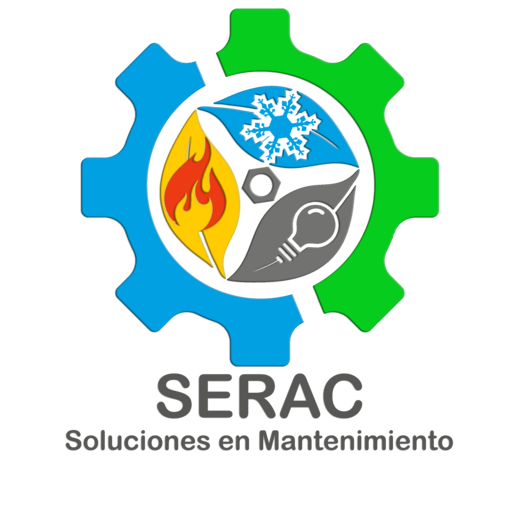
Miembero SERAC Soluciones en Mantenimiento
We are a company dedicated to the installation and maintenance of refrigeration equipment. Our aim is to train all our technicians in the responsible handling of refrigerants, oils and refrigeration waste. SERAC is currently in the process of becoming certified as an environmentally responsible company. The certification is carried out by MINAE. SERAC aims to facilitate the adoption of equipment with R-290 or R-600a refrigerant. We advise our clients on technologies that minimise global warming. …
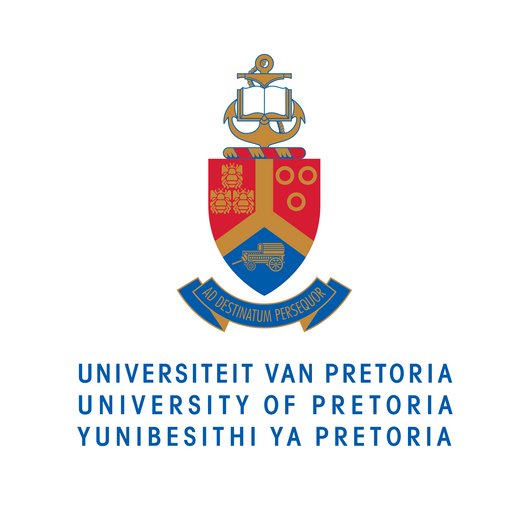
Miembero University of Pretoria
The Department of Mechanical and Aeronautical Engineering at the University of Pretoria researches refrigeration and cooling technologies that can reduce the harmful impact of the refrigeration sector on global warming. …
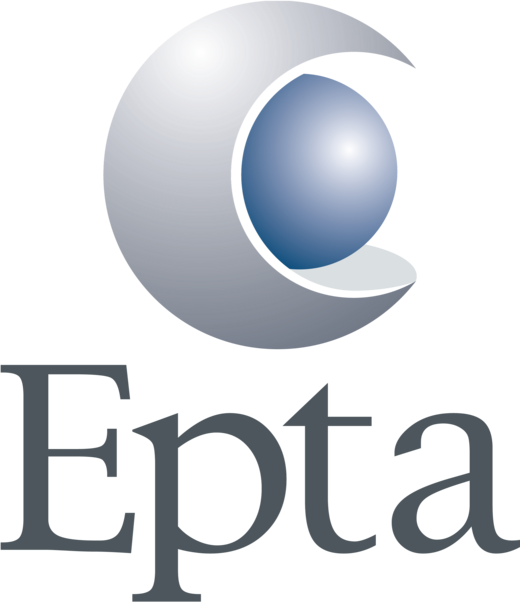
Miembero EPTA SPA
Technological innovation is the hallmark of our production, which is focused on ensuring energy conservation and significant environmental impact reduction through the use of F-Gas compliant natural refrigerants. In addition, the Group ensures the highest degree of customisation, so that each product stands out, wherever it is installed, in terms of style, modernity and functionality, while adapting to the style and needs of the store. …
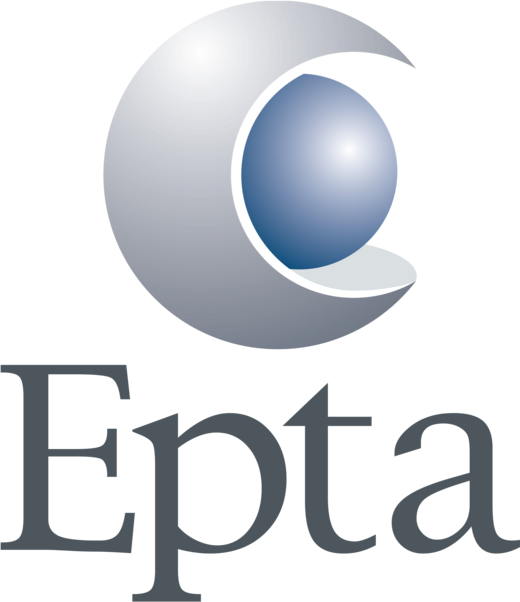
Buenas prácticas Self contained (plug-in) refrigerators and freezers using refrigerant R290 propane
Full range of products for commercial refrigeration, display cases and monoblock units for cold rooms …
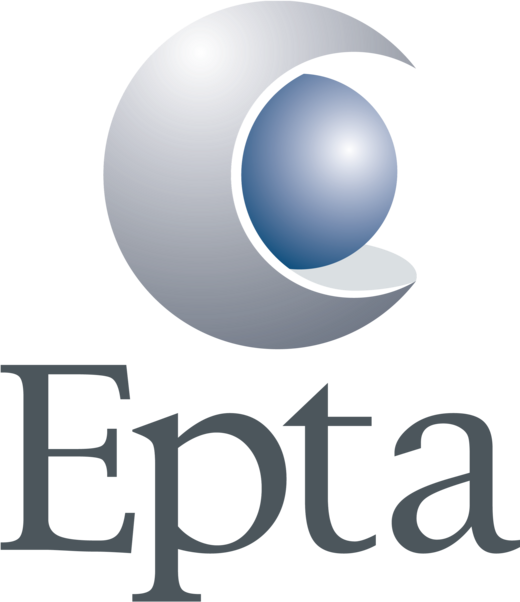
Buenas prácticas Commercial refrigeration system using CO2 refrigerant with Full Transcritical Efficiency (FTE) and Extreme Temperature Efficiency (ETE) technology
The system based on FTE and ETE technology uses CO2 as a refrigerant fluid and provides a substantial energy saving (at least 10%) compared to traditional CO2 technology at all temperatures (also >>40°C). The carbon footprint of the system is reduced over the entire value chain based on a Life-Cycle climateå performance (LCCP) approach. …
